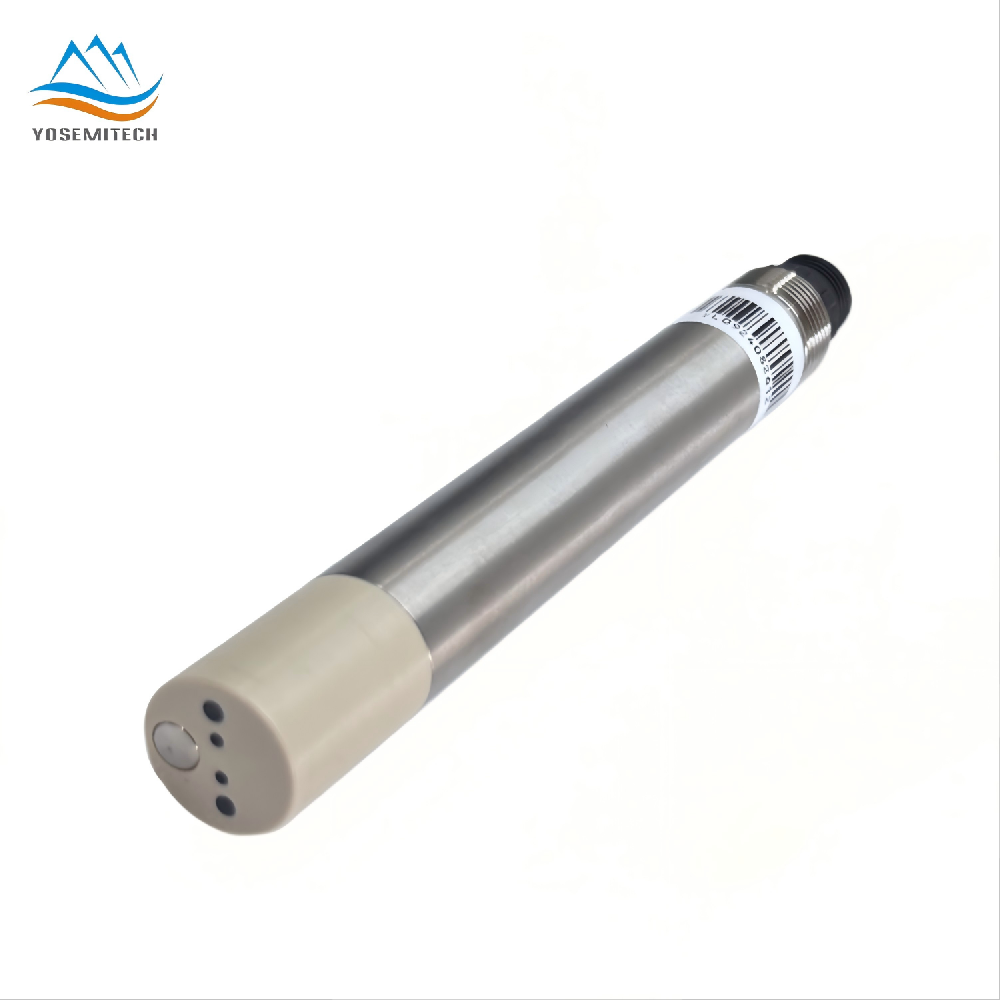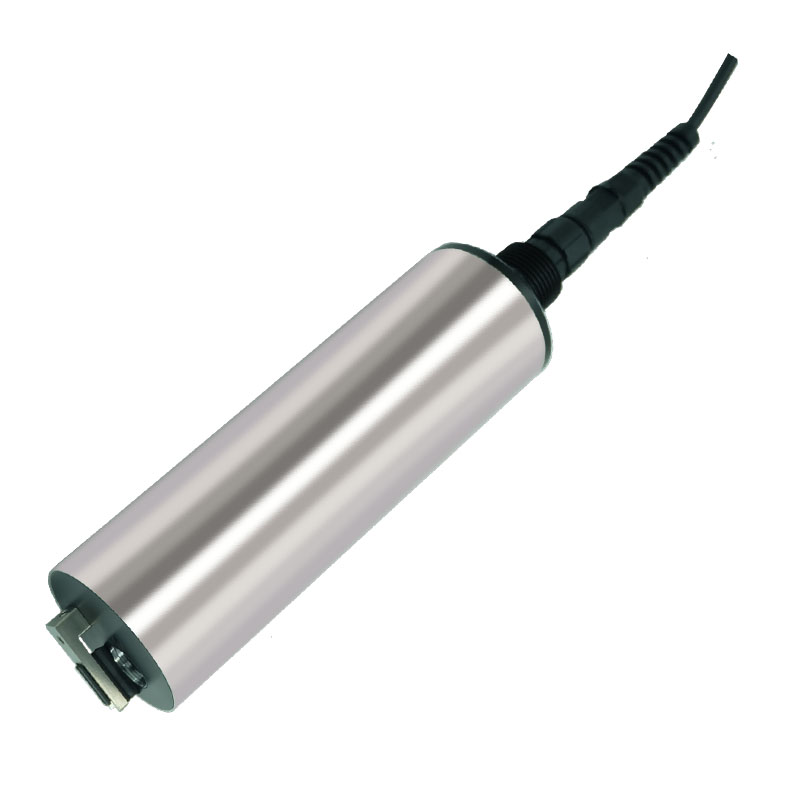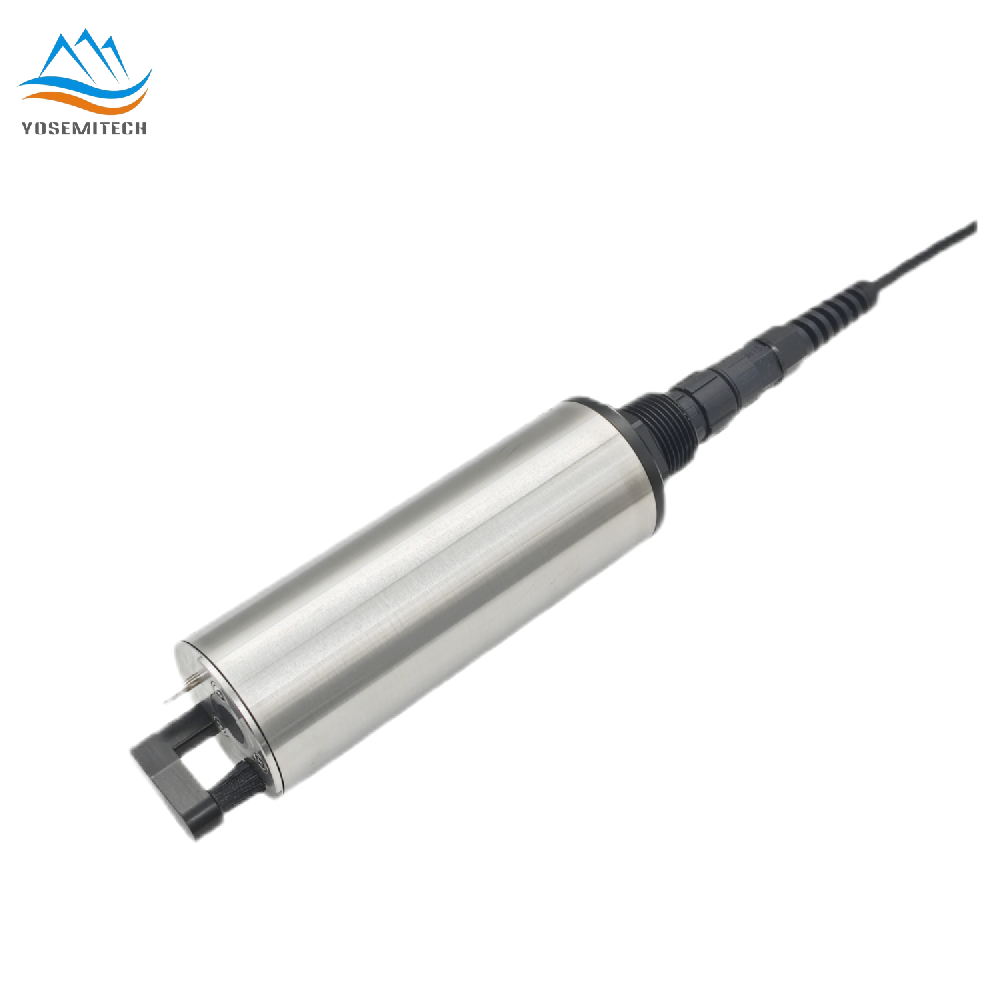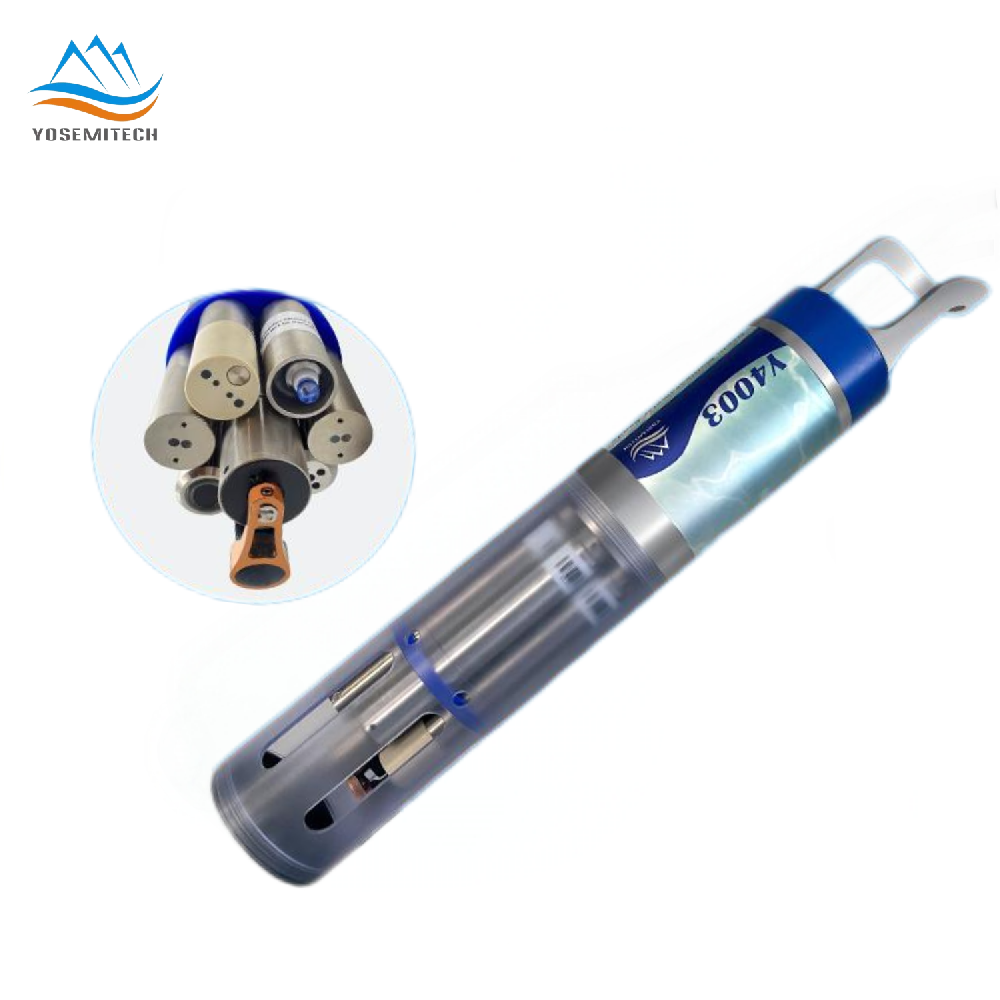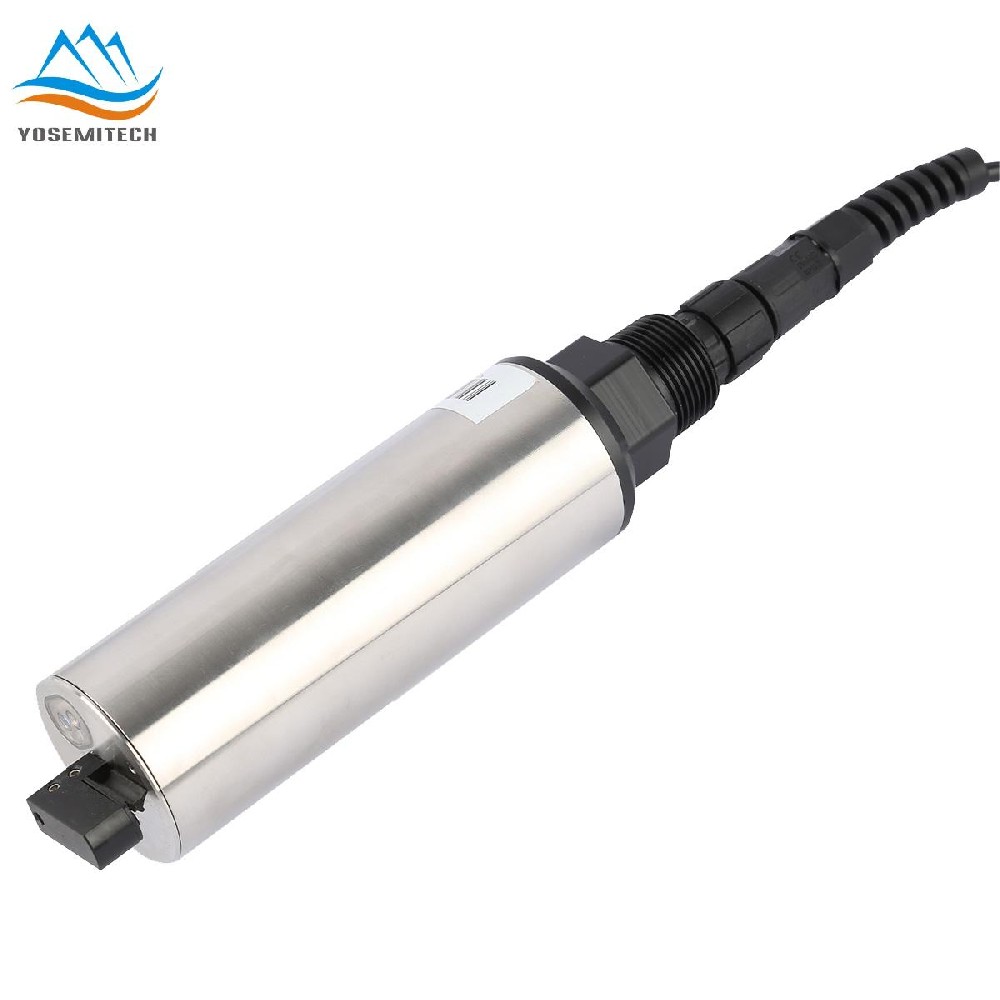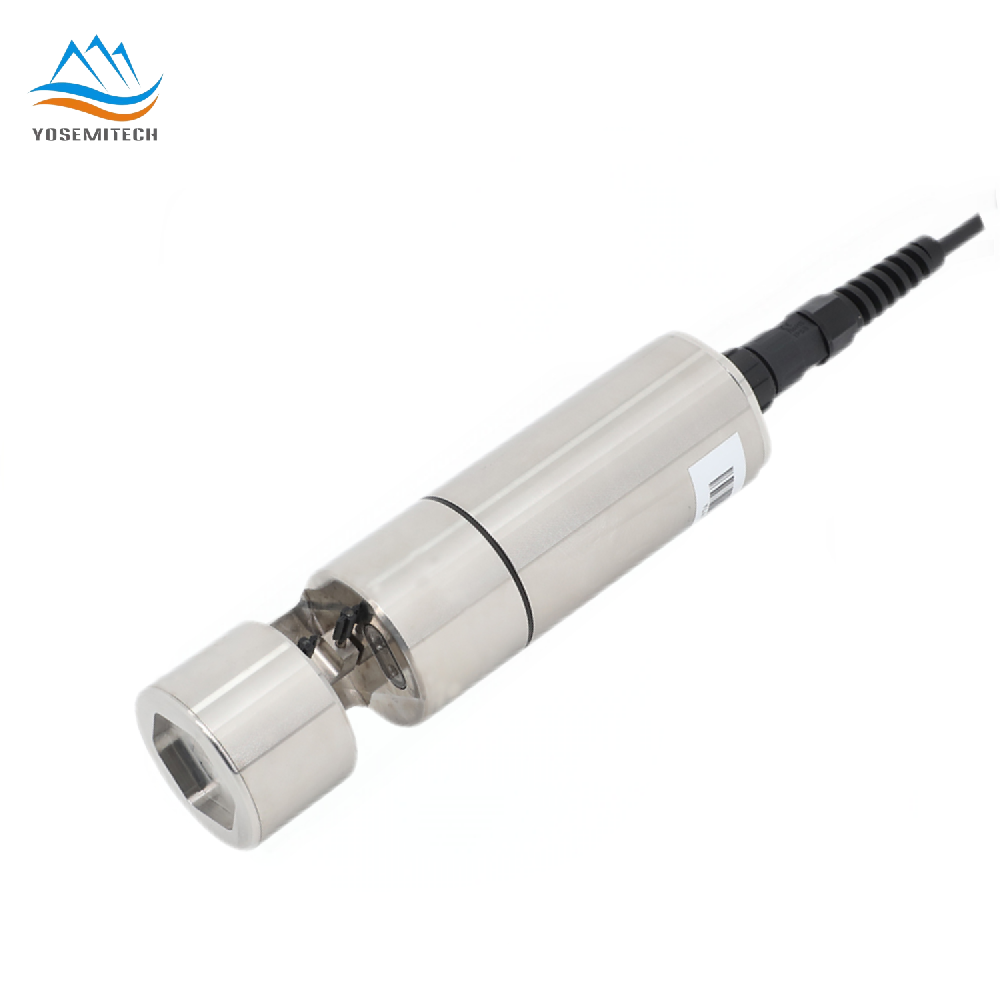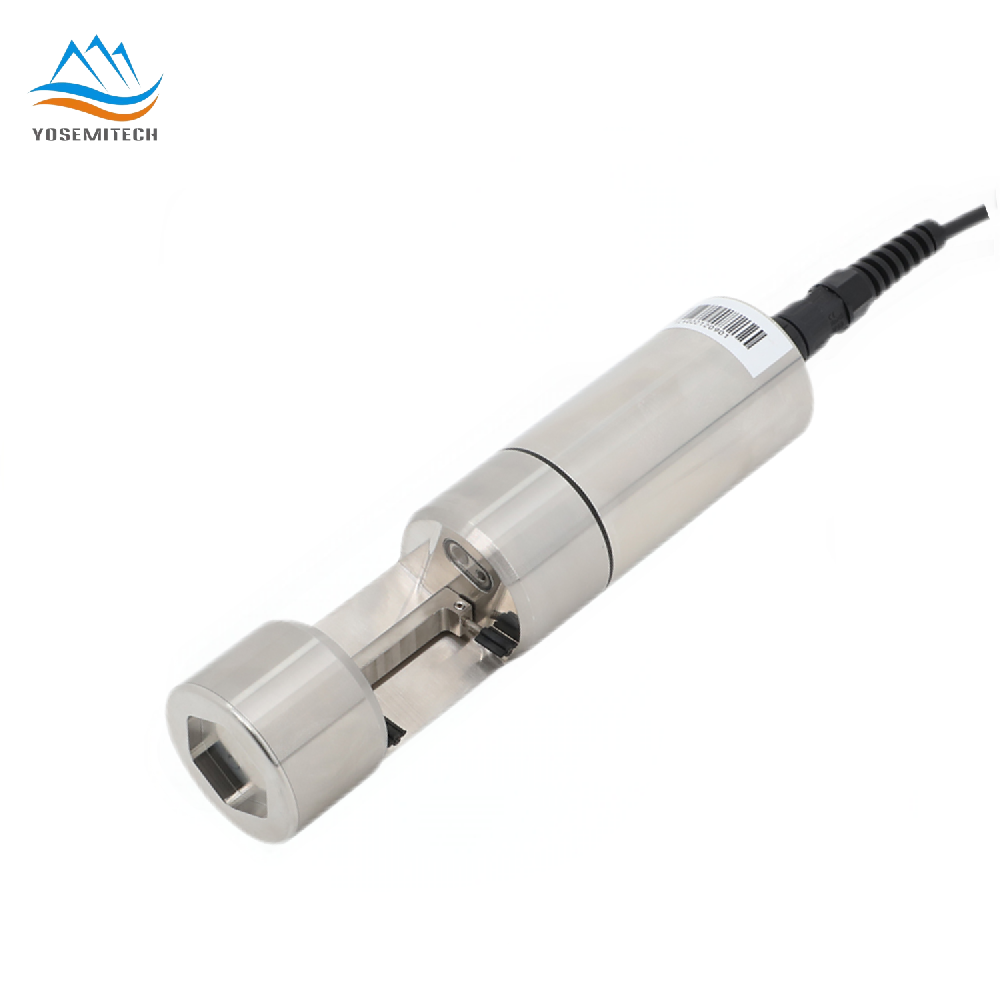Industry news
How Does a pH Probe Work? Unraveling the Mechanics of pH Test Probes
Writer: admin Time:2024-09-04 11:54:21 Browse:1642℃
The accurate monitoring of pH is very important in water quality monitoring, swimming pool, industrial processing control environmental monitoring and so on. pH is short for "potential of hydrogen" and it measures the acidity or alkalinity in your solution. It is a basic physical concept that affects reactions, biological actions and almost everywhere around various types of substances. The pH scale varies from 0 to 14, with anything around a value of 7 being neutral and values above that number considered alkaline, while numbers lower than it are acidic. For accurate pH measurements, people rely on a dedicated device called "pH probe". This Blog will introduce pH test probes, its working principle, parts of pH probe, advantages of pH meter, etc.
What is a pH Probe?
A pH probe is a device that used to test pH of given solution. It is one part of the pH meter. A pH probe consists of two parts, a glass electrode and a reference electrode that work in combination to understand the overall pH value of solution.
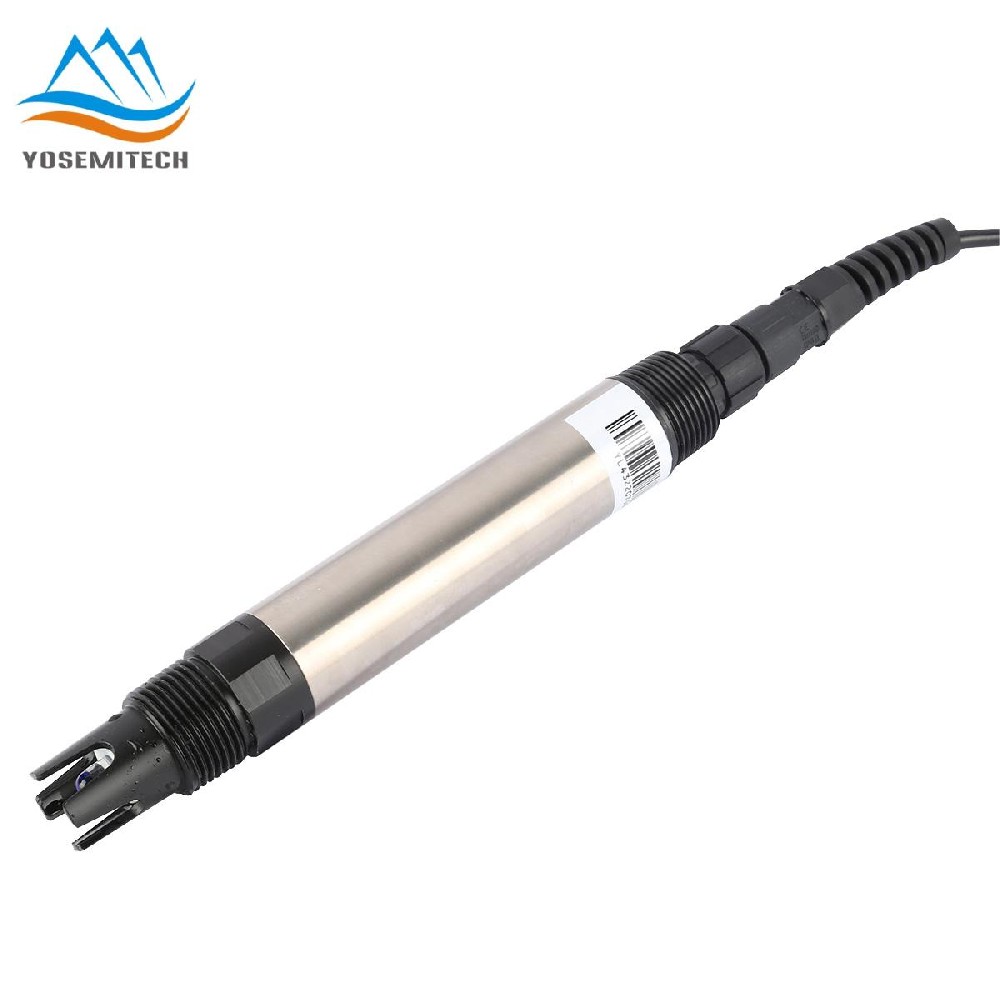
https://e.yosemitech.com/pH/Y532-A.html
What Does a pH Probe Measure?
A pH probe is used to measure the concentration of hydrogen ions (H+) in a solution. The probe does this by creating an electric signal that is directly related to the pH of the solution. The pH meter takes this same signal as input and display the value of PH.
How Does a pH Probe Work?
The working principle of a pH probe involves the interaction between the glass electrode and the reference electrode. The glass electrode is sensitive to hydrogen ions and develops an electrical potential that varies with the concentration of H+ ions in the solution. The reference electrode, on the other hand, provides a stable potential that does not change with the pH of the solution. The difference in potential between the two electrodes is measured, and this potential difference is directly related to the pH of the solution.
How Does a pH Electrode Work?
The pH electrode, specifically the glass electrode, is the heart of the pH probe. It is made of a special glass that is permeable to hydrogen ions. When the electrode is immersed in a solution, hydrogen ions from the solution exchange with sodium ions in the glass, creating a charge difference across the glass membrane. This charge difference generates an electrical potential that is proportional to the pH of the solution.
Parts of a pH Probe
A typical pH probe consists of several key parts:
Glass Electrode: The sensitive part of the probe that interacts with hydrogen ions.
Reference Electrode: Provides a stable potential for comparison.
Electrolyte Solution: Fills the space between the electrodes and contains a known concentration of ions.
Junction: Allows the electrolyte to contact the sample solution while minimizing contamination.
Body: Houses the electrodes and protects the sensitive components.
pH Probe VS pH Meter
'pH Probe' and 'pH Meter' are often used interchangeably, however, they actually represent 2 different parts of the pH measurement equipment. A pH meter basically comprises of three parts: pH probe, reference pH electrode and itself. The pH probe is the device that is immersed in the solution, while the pH meter is the device that collects the probe signal. The pH meter can have functions such as data logging, calibration control and temperature compensation.
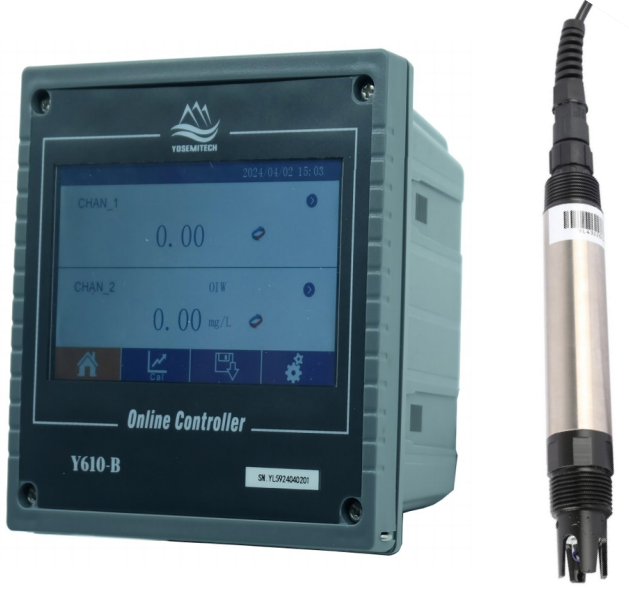
Advantages of Digital pH Meter
Accuracy: pH meters provide precise pH readings, which are essential for many applications.
Speed: Quick and efficient measurement, saving time in laboratory and industrial settings.
Reliability: With proper calibration and maintenance, pH meters deliver consistent and reliable results.
Versatility: pH meters can be used in a wide range of environments and for various types of solutions.
Why Calibrating a pH Meter is Important?
Calibrating a pH meter is crucial for a few key reasons, ensuring your measurements are both precise and dependable.
Accuracy Assurance: Regular calibration adjusts the pH meter to reference points, typically using buffer solutions of known pH values. This crucial step corrects any discrepancies and aligns the device to deliver reliable measurements.
Electrode Maintenance: pH electrodes can drift over time due to usage and changes in environmental conditions. Calibration helps in identifying any drift in the electrode function, which is valuable for extending its lifespan and maintaining its sensitivity.
Consistency and Reliability: For those who rely on pH data for experiments or process control, consistency is key. Calibrating pH meters ensures that each measurement follows the same standard, providing dependable data across different testing sessions.
Adapting to Changes: Temperature changes and electrode aging can affect pH readings. By calibrating at regular intervals, users can adjust the device to these variables, ensuring that any influencing factors are accounted for in the final readings.
What Are the Maintenance Requiremnets for a pH Probe?
Maintaining a pH probe is crucial for ensuring accurate and reliable readings. Here’s a comprehensive guide on what you need to do:
1. Calibrate the pH Meter Regularly
Importance of Calibration: Calibration ensures the readings from your pH meter are precise. This should be done regularly to maintain accuracy.
Calibration Process: Use standard buffer solutions to calibrate. Typically, you’ll start with a neutral 7.0 buffer and then adjust using 4.0 or 10.0 buffers depending on your testing range.
2. Proper Cleaning Techniques
Rinse After Use: Rinse the probe with distilled water after each use to prevent contamination.
Deep Cleaning: For more thorough cleaning, soak the probe in a pH cleaning solution. Avoid wiping the probe with anything abrasive to prevent damage to the sensitive glass membrane.
3. Storage Recommendations
Keep It Moist: Store the probe in a solution that keeps the sensing tip hydrated, such as a pH storage solution. Never let the electrode dry out, as this affects performance.
Avoid Extreme Temperatures: Store the probe at a stable temperature, avoiding extremes that could damage the sensor.
4. Routine Inspection
Visual Inspection: Regularly check for any visible damage or residue on the probe.
Sensor Check: Ensure there are no cracks in the glass electrode or drying out of the junction.
Maintaining your pH probe through regular calibration, cleaning, and proper storage will extend its lifespan and enhance its functionality, providing you with consistent and trustworthy measurements.
Why Are Different pH Sensors Used for Various Applications?
Different pH sensors cater to diverse applications because each setting presents unique challenges and requirements. Let's break it down:
Environmental Conditions: Each application may involve different temperatures, pressures, or chemical interferences. For instance, a laboratory setting might need highly precise measurements, while an industrial setting could demand durability against harsh chemicals.
Accuracy and Precision: Some processes, like pharmaceutical manufacturing, require exceptionally accurate pH readings to ensure product safety and efficacy. Other scenarios, such as wastewater treatment, might prioritize robustness over pinpoint accuracy.
Material Compatibility: The materials used in a pH sensor must be compatible with the medium being tested. Sensors used in food and beverage industries need to be food-grade, whereas those used in chemical processing must resist corrosion.
Response Time: In dynamic environments like aquariums or live chemical reactions, quick sensor response is critical. A sensor designed for such applications might differ significantly from one used in static solutions.
Maintenance and Longevity: Some applications permit frequent maintenance, while others, perhaps in remote locations, necessitate low-maintenance or self-cleaning sensors to reduce operational overhead.
Conclusion:
Understanding the function of a pH probe is crucial for anyone involved in pH measurement. By exploring the mechanics of these probes, we can understand the advanced technology that ensures accurate pH readings. Whether in laboratories, industrial settings, or environmental monitoring stations, the pH probe is an essential tool for scientists and professionals alike. Its capacity to deliver precise and reliable pH measurements is vital for maintaining the quality and safety of products, processes, and ecosystems globally.
FAQs
1. What materials are used for the electrode body in pH probes?
When discussing pH probes, it's important to understand that the electrode body can be made from different materials, each offering specific benefits depending on the application.
Materials Used for Electrode Bodies:
Plastic: This category includes materials like extruded epoxy and Ryton. Epoxy bodies are known for their excellent resistance to strong acids and bases, making them ideal for laboratory settings. Ryton, on the other hand, is highly chemically inert and known for its durability, making it suitable for industrial use.
Glass: Often referred to when mentioning "glass electrodes," this material is associated with the probe's membrane rather than the external body. Glass electrodes are commonly used in applications where precision and stability are required.
These materials are selected based on the environmental conditions they will face and the level of chemical exposure expected in their specific applications.
If you have any questions about pH or are unsure which pH probe is best for your needs, or need additional instruments for water quality monitoring, please feel free to contact Yosemitech Team.
More articles on pH probes:
1. pH probe calibration: https://e.yosemitech.com/pH/ORP/96.html
2. Relationship between pH and TDS: https://e.yosemitech.com/industry/102.html
3. What does pH value represent: https://e.yosemitech.com/industry/WhatdoespHvaluerepresent.html
4. What pH standard should drinking water be: https://e.yosemitech.com/industry/What-pH-standard-should-drinking-water-be.html
5. How Does Temperature Affect pH: https://e.yosemitech.com/industry/How-Does-Temperature-Affect-pH.html
6. Digital vs. Analog pH Meters: https://e.yosemitech.com/industry/Digital-vs-Analog-pH-Meters.html
CATEGORIES
CONTACT US
Yosemitech Technologies Co., Ltd
 +86 19984844080
+86 19984844080
 sales@yosemitech.com
sales@yosemitech.com
 Bldg,25,CECEP Industrial Park, No. 18 Dongchang Rd. Suzhou Industrial Park, Jiangsu Province,China 215126, China
Bldg,25,CECEP Industrial Park, No. 18 Dongchang Rd. Suzhou Industrial Park, Jiangsu Province,China 215126, China
